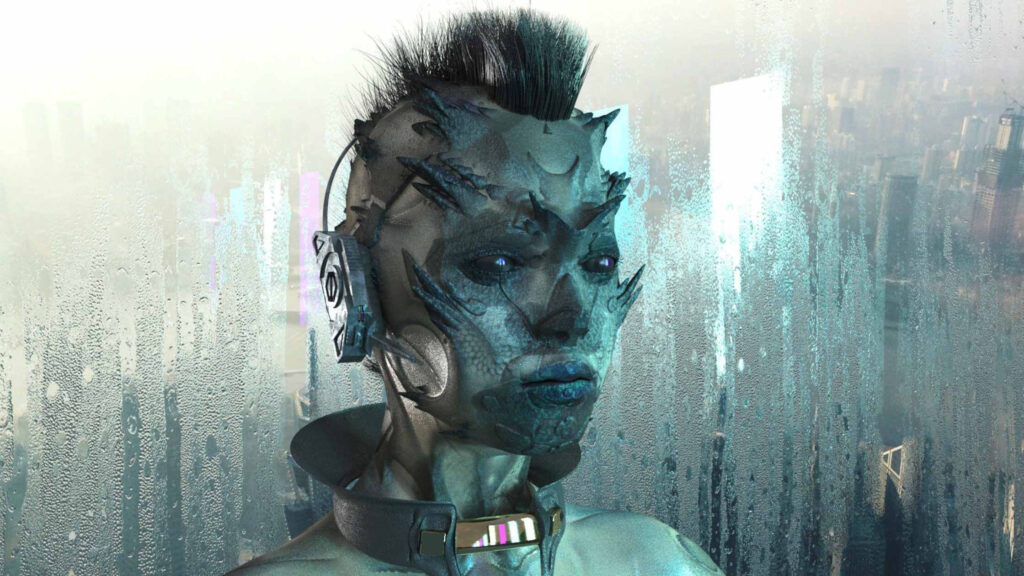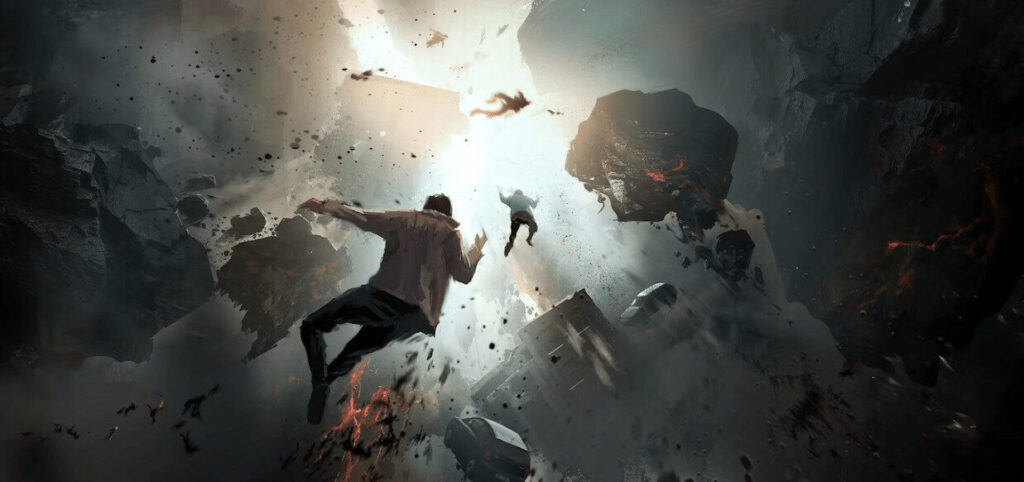By Garbanzo– Motion Graphics and Animation Studio
Why Visual Effects (VFX) Are Transforming Storytelling
In today’s digital world, audiences expect more than just great content, they want immersive, visually stunning experiences. Whether it’s a Hollywood blockbuster, a high-impact commercial, or a brand’s digital campaign, advanced visual effects (VFX), often crafted by leading animation studios, have revolutionized storytelling.
VFX allows creators to bring impossible worlds to life, enhance narratives, and engage audiences in ways that traditional filming cannot. From realistic CGI to motion-tracked 3D elements, the possibilities created by leading animation studios are endless.
But many businesses and creators hesitate to use VFX because:
- They think it’s too expensive.
- They assume it’s only for big-budget films.
- They don’t understand how it can be used in marketing and branding.
The truth? VFX, especially when partnering with leading animation studios, is more accessible than ever and is being used across industries to create jaw-dropping, attention-grabbing visuals.
This blog explores how advanced visual effects enhance storytelling, how brands and creators can leverage the expertise of leading animation studios, and why VFX is shaping the future of digital content.

What Are Visual Effects (VFX)?
VFX refers to the digital manipulation of imagery to create scenes that cannot be captured in real life. It includes:
- CGI (Computer-Generated Imagery) – Creating realistic or fantasy elements digitally.
- Compositing – Combining multiple visual elements into a single scene.
- Motion Tracking – Integrating digital elements into real-world footage.
- 3D Modeling & Animation – Designing realistic 3D objects and characters.
- Special Effects Enhancement – Adding smoke, fire, water, or explosion effects.
VFX is no longer limited to Hollywood only, it’s used in marketing, advertising, social media, gaming, and even corporate presentations.
The Power of VFX in Storytelling
1. Creates Visually Stunning Experiences
Visual storytelling is no longer about just filming a great scene—it’s about creating unforgettable experiences.
- Movies like “Avatar” and “Avengers” use VFX to build entirely new worlds.
- E-commerce brands use 3D product visualizations to showcase items in lifelike detail.
- Social media creators use AR filters and VFX-enhanced videos to drive engagement.
Why it matters: VFX allows brands and creators to capture audience attention instantly.
2. Enhances Storytelling with Seamless Integration
VFX isn’t just about spectacle—it enhances storytelling by seamlessly integrating digital elements into real-world footage.
Example: A car commercial using CGI to showcase a futuristic vehicle that hasn’t been manufactured yet.
Why it works: VFX lets brands bring their vision to life without production limitations.
3. Expands Creative Possibilities Without Physical Limitations
Before VFX, filmmakers and brands were limited by locations, props, and physical constraints. Now, digital environments and effects can create anything imaginable.
Example: A brand can showcase a new product launch by placing it in a completely CGI-rendered environment, making it more engaging than a standard product shot.
Why it works: It removes creative barriers, making high-quality content possible for any brand.
4. Increases Engagement & Audience Retention
Studies show that videos with motion graphics and VFX outperform standard video content in engagement, shares, and conversions.
- 80% of marketers say video content with VFX improves brand recall.
- Viewers are 60% more likely to watch a full ad if it includes CGI or motion effects.
Example: Social media platforms like TikTok and Instagram heavily promote videos with dynamic visual effects because they keep users engaged longer.
Why it works: VFX grabs attention in the first few seconds—crucial in today’s fast-scrolling digital world.
How Brands and Businesses Can Use VFX in Marketing
1. High-Impact Commercials & Advertisements
VFX makes advertising more immersive and unforgettable.
- Nike’s commercials use motion tracking and CGI to create surreal action sequences.
- Automotive brands use VFX to visualize new car models before they hit production.
- E-commerce companies use 3D animation to showcase products interactively.
Why it works: It enhances visual appeal, making ads more engaging and persuasive.
2. Social Media & Viral Marketing Campaigns
Social media is driven by eye-catching visuals, and VFX helps brands create viral content.
- Augmented Reality (AR) filters
- 3D motion graphics for Instagram Stories and Reels
- Cinematic ads for TikTok and YouTube Shorts
Example: Brands using AR filters to let users “try on” sunglasses or makeup in real-time.
Why it works: It increases user interaction and makes marketing more fun.
3. Corporate & Explainer Videos
VFX Beyond Entertainment
VFX isn’t just for entertainment, it’s used in corporate presentations, product demos, and educational videos.
- Animated infographics make data more engaging.
- 3D medical animations help explain complex procedures.
- Architectural firms use CGI to showcase designs before construction.
Why it works: VFX makes information easier to understand and retain.
4. Virtual & Augmented Reality Experiences
Brands are integrating VR and AR with VFX to create next-level marketing experiences.
- Gaming companies use real-time VFX to build immersive worlds.
- Real estate brands use AR for virtual home tours.
- Retail brands use AR for virtual try-ons.
Why it works: It bridges the gap between digital and real-world experiences.

How to Implement VFX in Your Content Strategy
Step 1: Define Your Goals
Ask yourself:
- What do I want my audience to feel?
- How can VFX enhance my brand story?
- Which platforms will my content be published on?
Step 2: Choose the Right Type of VFX
Different VFX styles serve different purposes:
- CGI for cinematic commercials
- Motion graphics for infographics and data storytelling
- Compositing for seamless product ads
Step 3: Work with Experts or Use Advanced Software
To get high-quality VFX, you can:
- Hire a professional VFX team for large-scale projects.
- Use software like Adobe After Effects, Blender, or Cinema 4D for in-house production.
- Experiment with AI-powered VFX tools to automate effects.
Step 4: Optimize for Engagement & Distribution
- Make short-form, engaging VFX content for social media.
- Use eye-catching thumbnails and previews.
- Ensure high-resolution quality for professional results.
The Future of VFX in Storytelling & Marketing
VFX is no longer just a tool for filmmakers—it’s a powerful asset for brands, businesses, and content creators.
- VFX will continue to push the boundaries of visual storytelling.
- Brands will leverage CGI for more immersive e-commerce experiences.
- Augmented reality will become a core marketing strategy.
If you want your brand to stand out, capture attention, and engage audiences in new ways, VFX is the answer.
Final Thoughts: Is Your Brand Ready for the VFX Revolution?
VFX makes your content visually stunning and unforgettable. It enhances storytelling, increases audience engagement, and transforms ordinary campaigns into cinematic experiences. By partnering with leading animation studios, you can leverage top-tier VFX expertise to bring your creative vision to life. If you’re ready to take your content to the next level, it’s time to embrace the power of advanced visual effects and position your brand at the forefront of immersive storytelling.



